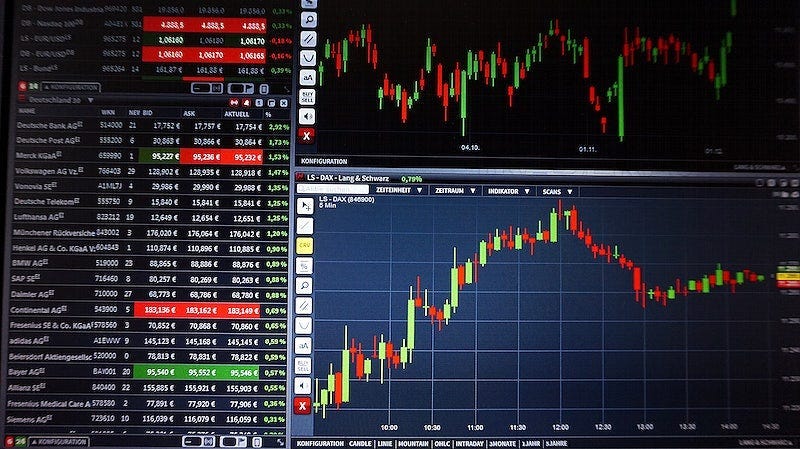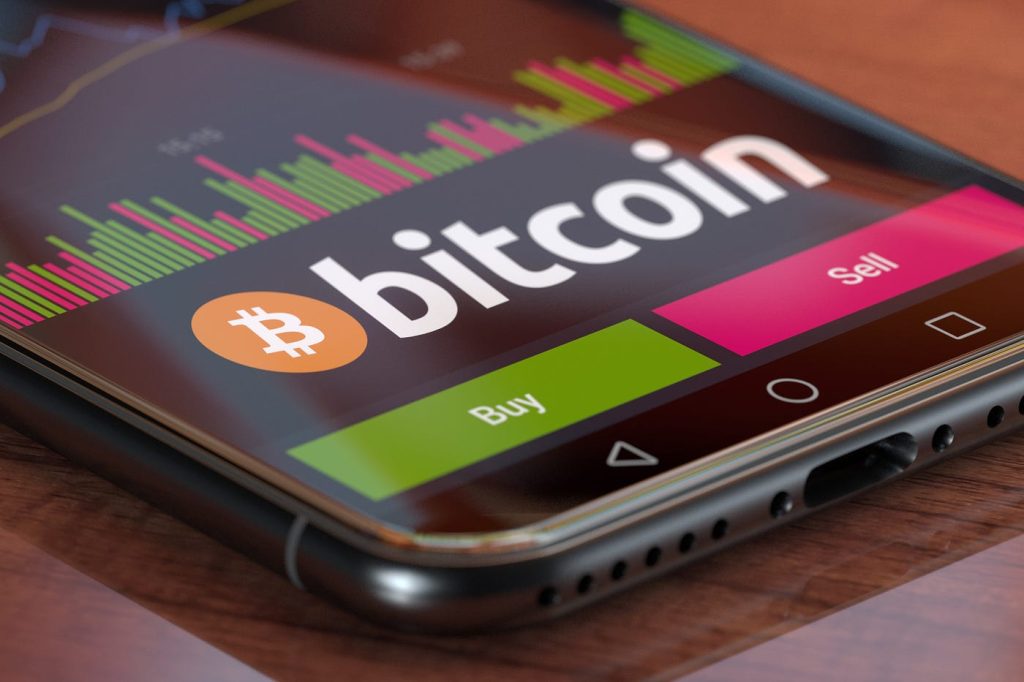Spot trading is the immediate buying and selling of a financial instrument, such as a cryptocurrency, a commodity, or a forex pair, for instant delivery.

The transaction happens at the current market price, known as the spot price, and the assets are exchanged almost immediately. Unlike futures or options, there’s no waiting period; the buyer and seller exchange assets on the spot. This is the most direct and common form of trading
For example, when you buy Bitcoin on a cryptocurrency exchange and it’s immediately deposited into your wallet, you’re engaging in a spot trade. You’re not agreeing to buy it in the future; you’re buying it right now at the price it’s currently trading for.
How Spot Trading Works
The core mechanism of spot trading is the order book, which is a real-time ledger of all the buy and sell orders for a particular asset.
Market Orders: A market order is an instruction to buy or sell an asset immediately at the best available current price. When you place a market order, it’s filled instantly by matching with the best available orders on the opposite side of the order book. This guarantees a quick execution, but not a specific price.
Limit Orders: A limit order is an instruction to buy or sell an asset at a specific price or better. For a buy limit order, the trade will only execute when the asset’s price drops to your specified price or lower. For a sell limit order, it will only execute when the price rises to your specified price or higher. This gives you control over the price, but there’s no guarantee the order will be filled.
In a spot market, when a buy order meets a sell order at the same price, a trade is executed. The seller delivers the asset, and the buyer delivers the cash or another asset (like in a crypto-to-crypto trade), and the transaction is complete. The exchange or broker acts as an intermediary, facilitating this process and ensuring that both parties fulfill their obligations.
Spot Trading vs. Other Trading Types
Understanding the differences between spot trading and other forms of trading is crucial.
Spot Trading vs. Futures Trading
Spot Trading: Involves the immediate exchange of assets. The buyer takes ownership of the asset, and the seller receives the payment. The transaction is settled instantly.
Futures Trading: Involves an agreement to buy or sell an asset at a predetermined price on a future date. You don’t own the underlying asset; you own a contract that represents its value. Futures contracts are often used for hedging or speculating without having to hold the asset itself. This allows for leverage, meaning you can control a large position with a small amount of capital, which can amplify both profits and losses.
For instance, a farmer might use a corn futures contract to lock in a selling price for their crop months in advance, protecting against price drops. A speculator, on the other hand, might buy a futures contract hoping the price of corn will rise, allowing them to sell the contract for a profit.
Spot Trading vs. Margin Trading
Spot Trading: Uses only the funds you have. If you have $100, you can buy $100 worth of an asset.
Margin Trading: Involves borrowing funds from a broker or an exchange to increase your trading position. This allows for leverage, similar to futures trading. While it can magnify gains, it also significantly increases the risk of losses, as a small price movement against your position can lead to a margin call and the liquidation of your entire position.
Advantages of Spot Trading
Simplicity: Spot trading is straightforward and easy for beginners to understand. There are no complex contracts, leverage, or expiration dates to worry about. You simply buy an asset and you own it.
Transparency: The prices are what they are. There are no hidden fees or complex calculations. The price you see is the price you pay (plus any standard trading fees).
Direct Ownership: When you engage in a spot trade, you take direct ownership of the underlying asset. This means you can use it, transfer it, or hold it as a long-term investment. For example, if you buy Bitcoin on the spot market, you can transfer it to a private wallet and have full control over it.
Reduced Risk: Compared to leverage-based trading, the risk in spot trading is limited to the initial capital you invest. You can’t lose more than what you put in.
Disadvantages of Spot Trading
Limited Profit Potential: Without leverage, your profit potential is limited to the actual price movements of the asset. You can’t amplify your returns using borrowed funds.
Capital Intensive: Because you’re trading with your own capital, you need significant funds to take on large positions. Spot trading doesn’t allow you to control a large amount of an asset with a small amount of money.
Requires Direct Asset Handling: Depending on the asset, you may need to manage its storage and security. For example, if you buy physical gold, you’ll need to store it securely. With cryptocurrencies, you need to manage your private keys.
Vulnerability to Volatility: While all trading is subject to volatility, spot traders are directly exposed to market price swings, and a sudden drop can lead to a significant loss of capital. Unlike futures, you can’t short an asset to profit from a price decline without first borrowing or owning the asset.
Spot Markets in Action
Spot trading is the foundation of many financial markets.
Forex Market: The foreign exchange market is a prime example. When you exchange USD for EUR, you’re performing a spot trade. The currency is exchanged immediately at the current market rate.
Stock Market: When you buy shares of a company through a brokerage, you are engaging in a spot trade. You own the shares, and they are delivered to your account almost instantly.
Cryptocurrency Market: This is one of the most popular spot trading markets. Exchanges like Coinbase, Binance, and Kraken are primarily spot exchanges where users buy and sell cryptocurrencies for immediate delivery.
Spot trading is the most fundamental and accessible form of trading. It’s a key entry point for anyone looking to participate in financial markets, whether they’re a long-term investor or a short-term trader. By providing direct ownership and a clear, transparent process, it remains the most common way to exchange assets worldwide.


